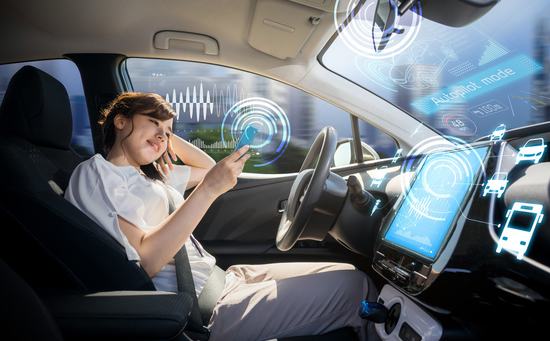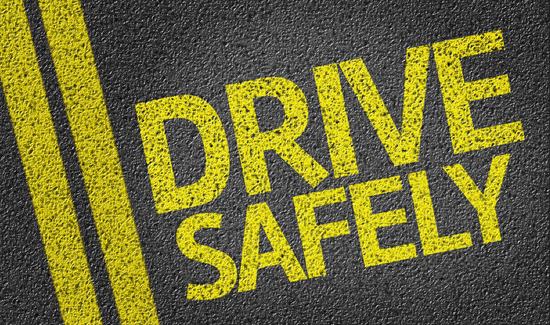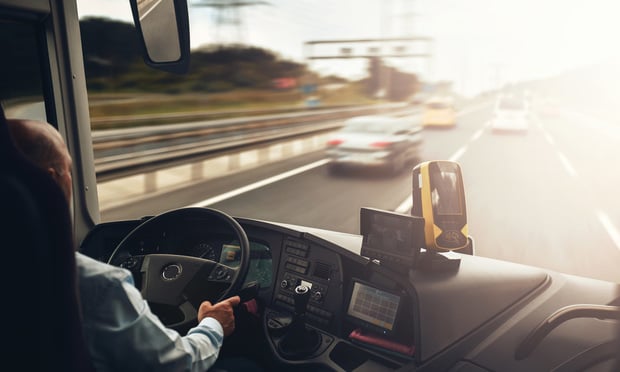While we're ways away from living like "The Jetsons," the cars of the world are changing before our eyes.
As technology is infused into our cars, we step further away from the traditional sense of driving many of us have grown up with. Hands-free connectivity, collision warnings and driver assist features are a few additions that have changed the market for cars — and, subsequently, the market for auto insurance.
Ultimately, the consumer still decides whether a car succeeds or fails. Does the growing amount of tech in cars equate to higher demand for such cars? CARFAX conducted a survey to find out. After surveying more than 1,000 drivers who have in-car safety technology features and comparing them to 137 drivers who do not, their analysis revealed insights which auto insurance carriers and auto manufacturers should take note of.
Related: Insurers, actuaries and the future of automated vehicles
|Even among respondents without car technology, more than 1 in 3 say they trust it. (Photo: Shutterstock)
|Drivers trust tech to keep them safe
This might come as no surprise. Safety will always be a top concern for any driver. Accidents, filing claims and hiked premiums are what drivers want to avoid on the road.
Most drivers (52%) cited their own positive personal experience as the reason for their trust in technology. Even among respondents without car technology, more than 1 in 3 say they trust it.
While some in-car safety tech has been shown to help reduce accidents (such as backup cameras and automatic braking), some driver assist features have yet to prove themselves in real world scenarios, according to the Insurance Institute for Highway Safety (IIHS). And research from National Highway Traffic Safety Administration (NHTSA) has shown that hands-free does not necessarily have a positive effect on safety.
Perhaps this is why only 54% of respondents "fully" trust their technology, while 4% don't trust it all.
The Tesla Model S is the latest technologically-infused car to hit the market. Will demand exceed the hype surrounding the highly anticipated car? (Photo: Shutterstock)
|Pump the brakes!
While drivers want an increased sense of safety, they might be more inclined to trust themselves if they don't consider the features essential. A slight majority (53%) consider these technology features to be more about convenience.
When respondents shopped for their current vehicle, most wanted many of the tech features in their car. When asked if these features were a "must-have", however, drivers pumped the brakes.
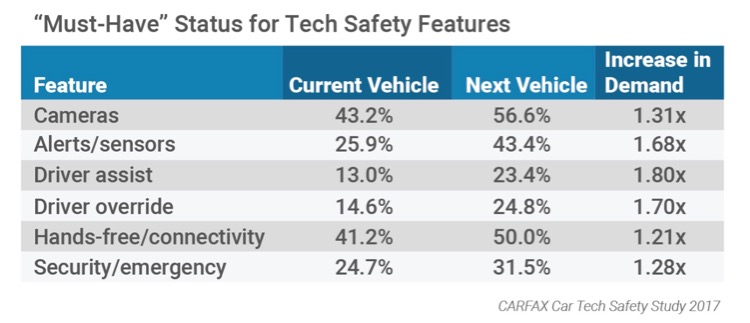
(Photo: CARFAX Car Tech Safety Study 2017)
For the cautious drivers, the most commonly cited concern was limited testing and time on the market (35%). Despite an 82% positive opinion of car tech, less than half (42%) are interested in semi-autonomous driver override features, while almost half (49%) have no interest at all in fully autonomous vehicles.
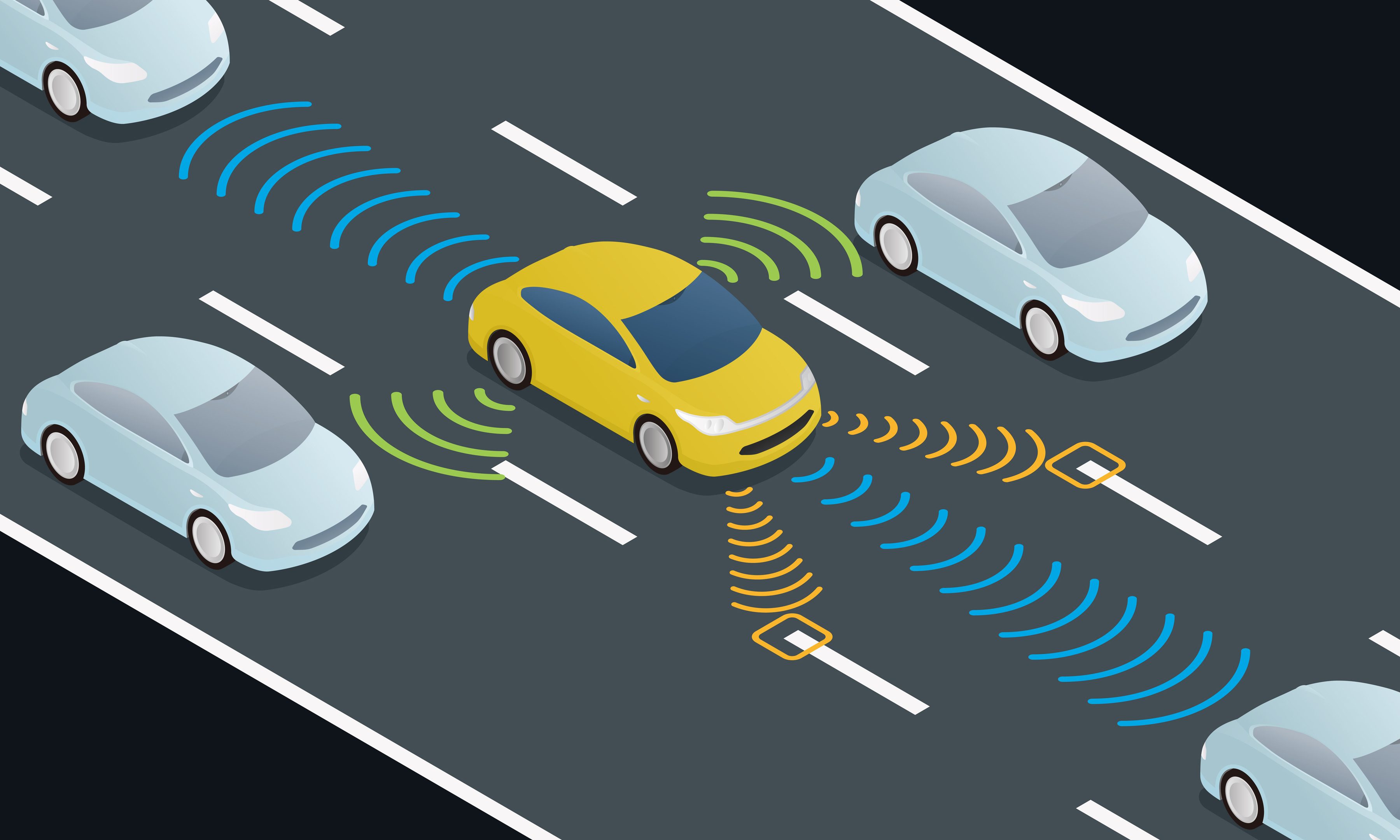
While technology aims to make our driving safer and more efficient, drivers should still be aware of their surroundings and avoid risky behavior. (Photo: Shutterstock)
|Tech is altering our driving behavior
Technology is changing our cars, and so naturally our driving behavior is changing with it.
For example, when backing up, 25% of drivers said they first look over their shoulder when backing up compared to 30% of drivers who first check the backup camera when backing up.
Trends like these could be detrimental to drivers. Jim Sharifi, editor for CARFAX, explains: "It's important to remember that while safety technology is continually evolving, these are still driver aids, meaning that they are not a substitute for safe driving habits. These features can improve driver confidence and add a layer of convenience, but drivers still need to be alert and aware of their surroundings."
Drivers are more likely to be distracted as more cars come equipped with Bluetooth connectivity. Drivers with Bluetooth more readily admitted to talking on the phone, texting, or using apps or social media while in the car — only 23% who have this feature totally refrain from these activities, while 34% without it report refraining.
Unfamiliarity with the technology in the cars is an issue drivers need to be aware of. While a majority (62%) reported asking the dealership or previous owner about how to use the features, 58% reported that they would "try it and see how it works." This is problematic as some capabilities, for example, are intended for highway driving rather than a windy back road.
Related: Washington state moves to outlaw distracted driving
|As the pace of technology outmatches the speed of regulations, drivers would do best to remember the rules of the road and avoid distracted driving. (Photo: Shutterstock)
|The bottom line
As of the 2017 model year, the majority of vehicles offer options for forward-collision warnings, lane departure warnings, blind-spot monitoring and rear cross-traffic alerts. While NHTSA is calling for some tech features to be included as standard in all new vehicles, regulations take time. Backup camera regulation is coming 16 years after the technology was first introduced in the U.S. in 2002.
In the meantime, car buyers should continue to do their research and learn about the features they can come to expect — whether it be for safety or convenience. Until then, drivers should stick to those ever-trustworthy rules of the road.
Want to continue reading?
Become a Free PropertyCasualty360 Digital Reader
Your access to unlimited PropertyCasualty360 content isn’t changing.
Once you are an ALM digital member, you’ll receive:
- Breaking insurance news and analysis, on-site and via our newsletters and custom alerts
- Weekly Insurance Speak podcast featuring exclusive interviews with industry leaders
- Educational webcasts, white papers, and ebooks from industry thought leaders
- Critical converage of the employee benefits and financial advisory markets on our other ALM sites, BenefitsPRO and ThinkAdvisor
Already have an account? Sign In Now
© 2024 ALM Global, LLC, All Rights Reserved. Request academic re-use from www.copyright.com. All other uses, submit a request to [email protected]. For more information visit Asset & Logo Licensing.


